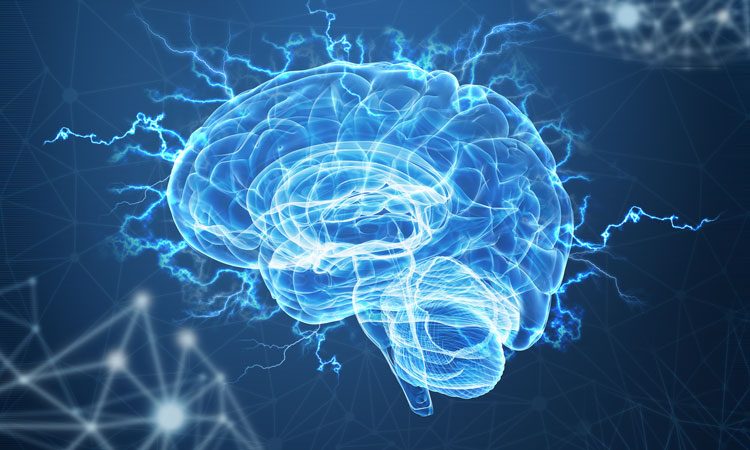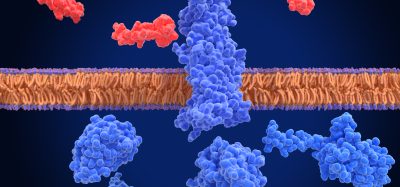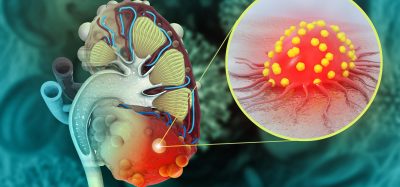New CRISPR technique could alter the way we look at brain diseases
Posted: 16 August 2019 | Fraser Owen (Drug Target Review) | No comments yet
Researchers may have fundamentally altered the way scientists study brain diseases with new CRISPR technology.


A team of scientists have achieved a CRISPR first, which may fundamentally alter the way scientists study brain diseases and improve therapies.
The researchers from UC San Francisco and the National Institutes of Health have described a technique that uses a special version of CRISPR to systematically alter the activity of genes in human neurons generated from stem cells, the first successful merger of stem cell-derived cell types and CRISPR screening technologies.
As a postdoc in the lab of UCSF Professor Jonathan Weissman, PhD, co-invented a tool known as CRISPRi (for ‘interference’), a modified form of CRISPR technology in which the Cas9 enzyme has been deactivated. When CRISPRi finds the gene it’s seeking, it suppresses its activity without making any cuts. As a result, unlike standard CRISPR-Cas9, Kampmann predicted, CRISPRi shouldn’t be toxic to induced pluripotent stem cells (iPSCs) or stem cell-derived neurons.
In the new paper, Kampmann and his collaborators describe how they adapted their modified form of CRISPR technology for use in human iPSCs and iPSC-derived neurons and found that it could target and interfere with genes without killing the cell.
Using this system, the researchers demonstrated how their technique can be used to find genes that may cause or contribute to brain diseases. For example, they identified genes that specifically extend the lifespan of neurons, but have no comparable effect on iPSCs or cancer cells. They also found genes that increased the number of neurites (projections that grow from neurons and transmit nerve signals) and determined how frequently they branched.
The team discovered that ‘housekeeping’ genes actually behave differently in neurons and stem cells. When the researchers interfered with the same housekeeping genes in these two cell types, the cells responded by activating (or inactivating) a vastly different set of genes. The result suggests that housekeeping genes may not work the same way in different cell types.
…the researchers demonstrated how their technique can be used to find genes that may cause or contribute to brain diseases”
Kampmann is now using the technology to study different types of neurons in an effort to determine why certain diseases selectively affect only a subset of neurons. He’s also expanding his investigations into other types of brain cells which scientists only recently figured out how to produce from human iPSCs.
But ultimately, the goal is to turn this technology that combines CRISPRi and iPSCs into a tool that uncovers much-needed new therapeutic approaches to treating brain diseases.
The paper was published in the journal Neuron.
Related topics
Cell Cultures, CRISPR, Disease Research, Neurons, Research & Development, Screening, Stem Cells
Related organisations
National Institutes of Health, Neuron, UC San Francisco
Related people
Professor Jonathan Weissman PhD








